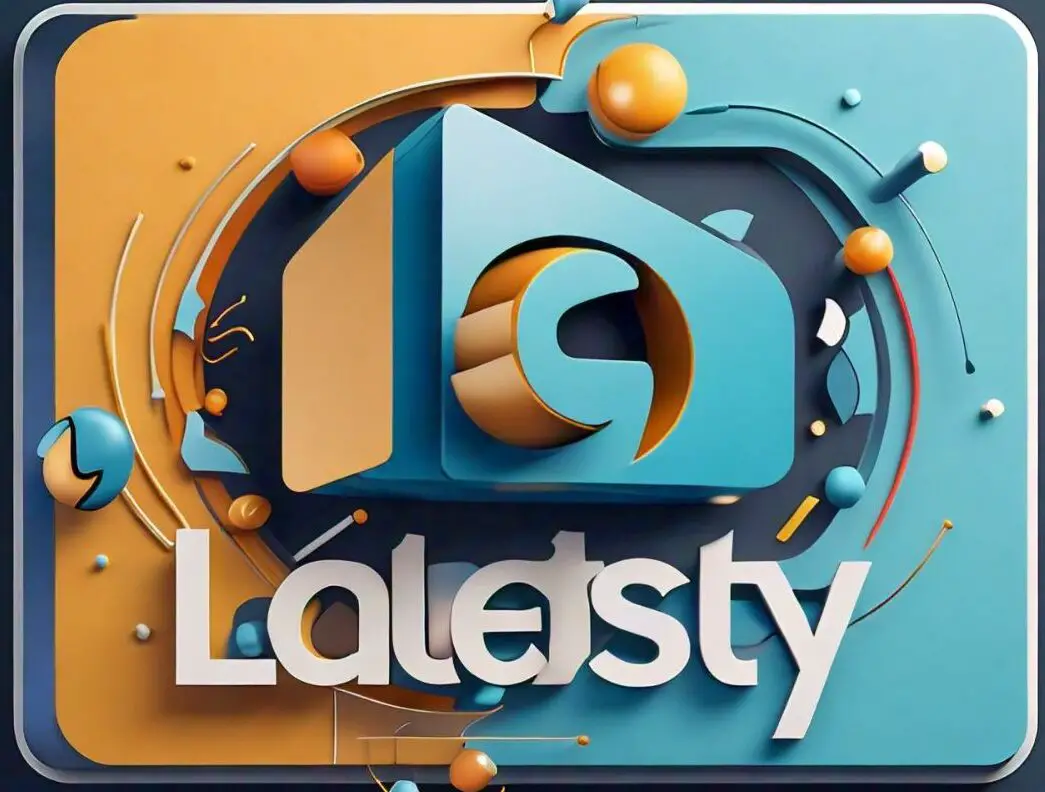What to consider when buying a TV under £500
4K resolution
“Although OLED and mini-LED panels are still out of reach at this price, customers should still expect a full 4K television,” explains John Lewis’s Katrina Mills. “In fact, image optimisation technology like Samsung’s Crystal UHD can now be found at this price point, providing exceptional picture quality.”
Be aware that on small TVs of 32 inches or less, the difference between Full HD and 4K is hard to detect. As a result, most manufacturers don’t sell 4K TVs in the smallest sizes.
High dynamic range (HDR)
“HDR formats such as Dolby Vision are now available at this price point,” Mills says. “They make the viewing experience as rich as possible, by constantly optimising the way the picture is delivered. Anyone upgrading a five-year-old TV will notice a huge difference in the image quality.”
There are four different HDR formats. HDR10 is the original and you should expect any 4K TV to support it. Dolby Vision is better, balancing the dynamic range frame by frame instead of scene by scene. HDR10+ is Samsung’s version of Dolby Vision which has since been adopted by many other manufacturers. HLG is the high dynamic range format used by broadcasters like the BBC and Sky, so is supported by most modern TVs.
Sound
Sound is often an issue on modern televisions, as the drive to make ever lighter and thinner packages means there is often little room for powerful speakers. The problem blights even high-end TVs, but it is even more pertinent at this price point, as manufacturers look to make savings with smaller and cheaper speakers.
“As a rule of thumb, the more you spend on a television set, the more features it will have,” says Kevin Walmsley. “By spending a little more you can combat the issue of poor sound with features like Dolby Atmos, a technology that provides greater surround sound, and compliments Dolby Vision, which amplifies colour and heightens contrast.”
Inputs and connections
Those looking to hook up the latest gaming consoles and additional peripherals should look for plenty of HDMI inputs, preferably the latest HDMI 2.1, which can transmit at speeds of up to 48gbps for improved resolution at higher frame rates. Most televisions at this price will sport at least one HDMI 2.1 connection.
Screen size
If you’re specifically looking for a 55-inch TV, it’s obviously great that they are now available for under £500 from some manufacturers. But bigger does not always mean better.
A 32-inch television is actually a better choice for a bedroom or kitchen where you’re viewing from just a few feet away. You won’t lose any detail in the picture. In a small living room, where you’ll be sitting about eight feet away, the ideal screen size is 43 inches. For a large living room where you’ll be sitting 10-11 feet away, buy a 55-inch TV.
Much bigger TVs are available for bigger rooms, but not for under £500 – unless you find a very good deal in the sales.
Smart TV operating system
The operating systems that power today’s more affordable TVs are constantly connected to the web, typically update themselves and can do much more than just stream your favourite content.
“A great thing about today’s options is that almost all TV’s on the market are now smart and TVs below £500 are no exception,” explains Kevin Walmsley, head buyer for AV at AO. “These sets offer the latest apps and allow households to easily access subscription channels like Netflix or Amazon Prime via an internet connection, with the ability to update the software over-the-air, rather than having to completely replace the set.”
One advantage of smart TVs is that you can stream shows over wi-fi without the need for an aerial. However, they will come from the broadcasters’ catch-up services, rather than being shown live. You still need a TV licence to watch BBC iPlayer.
View the latest AO.com and Samsung deals




Leave a Comment